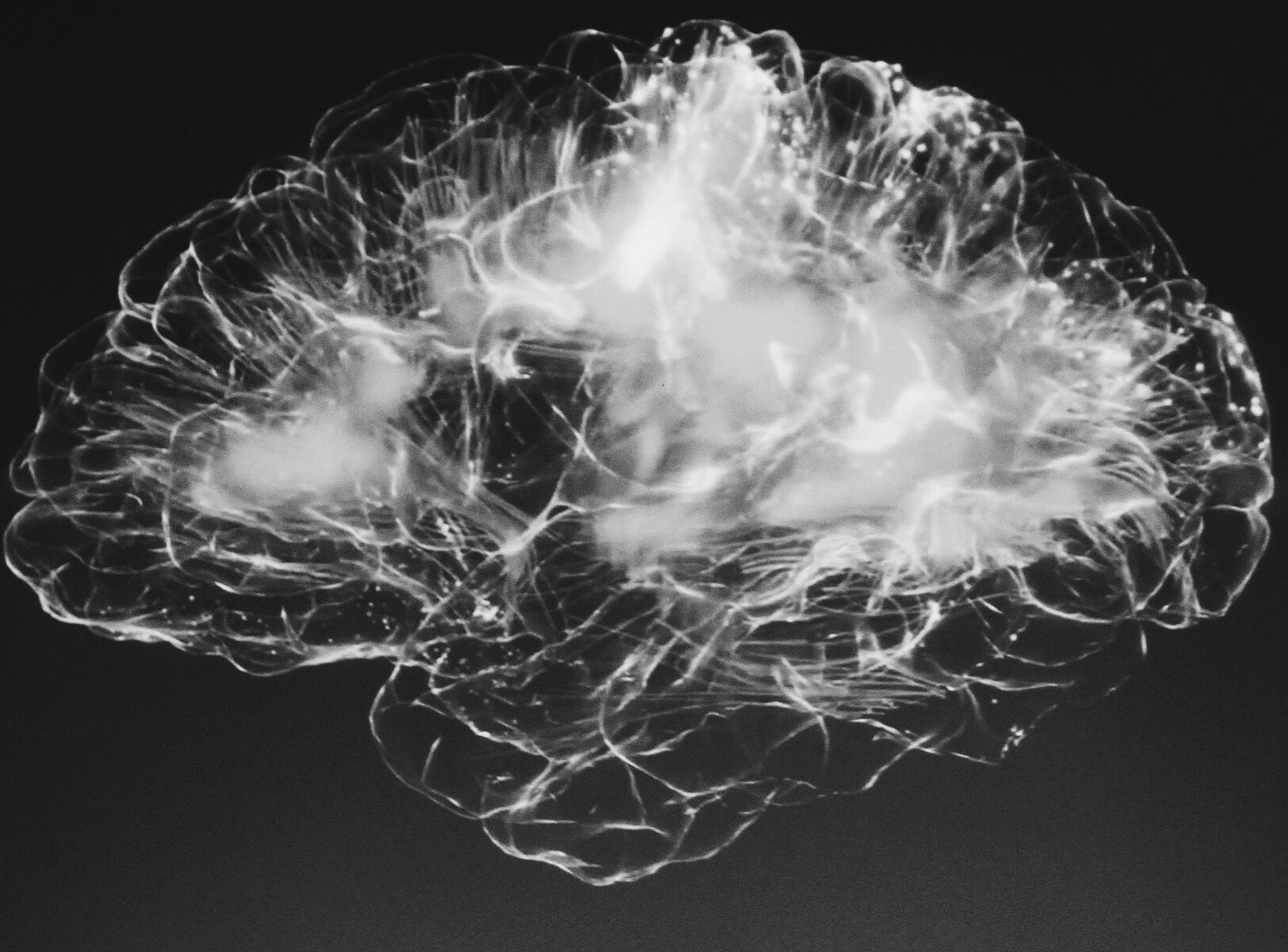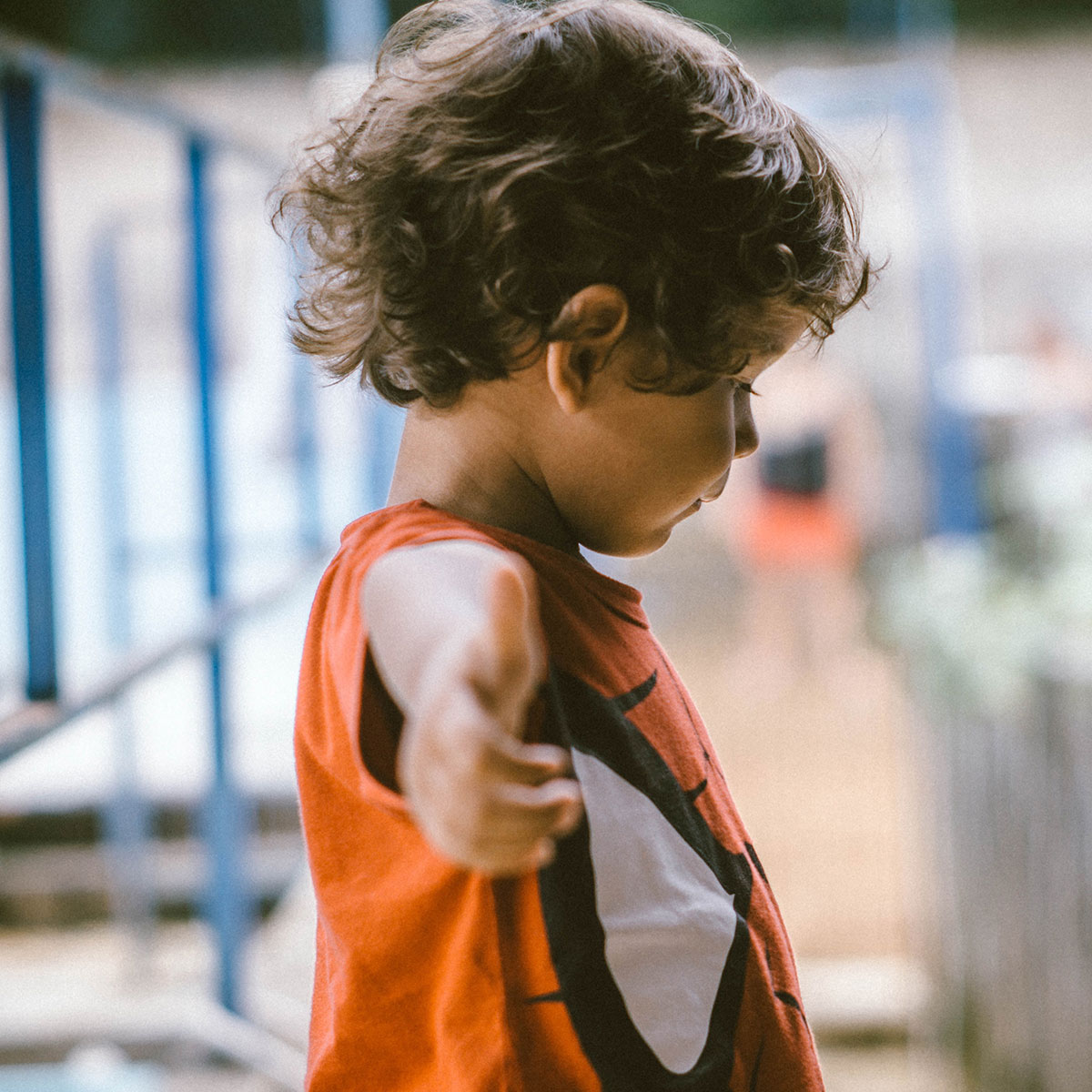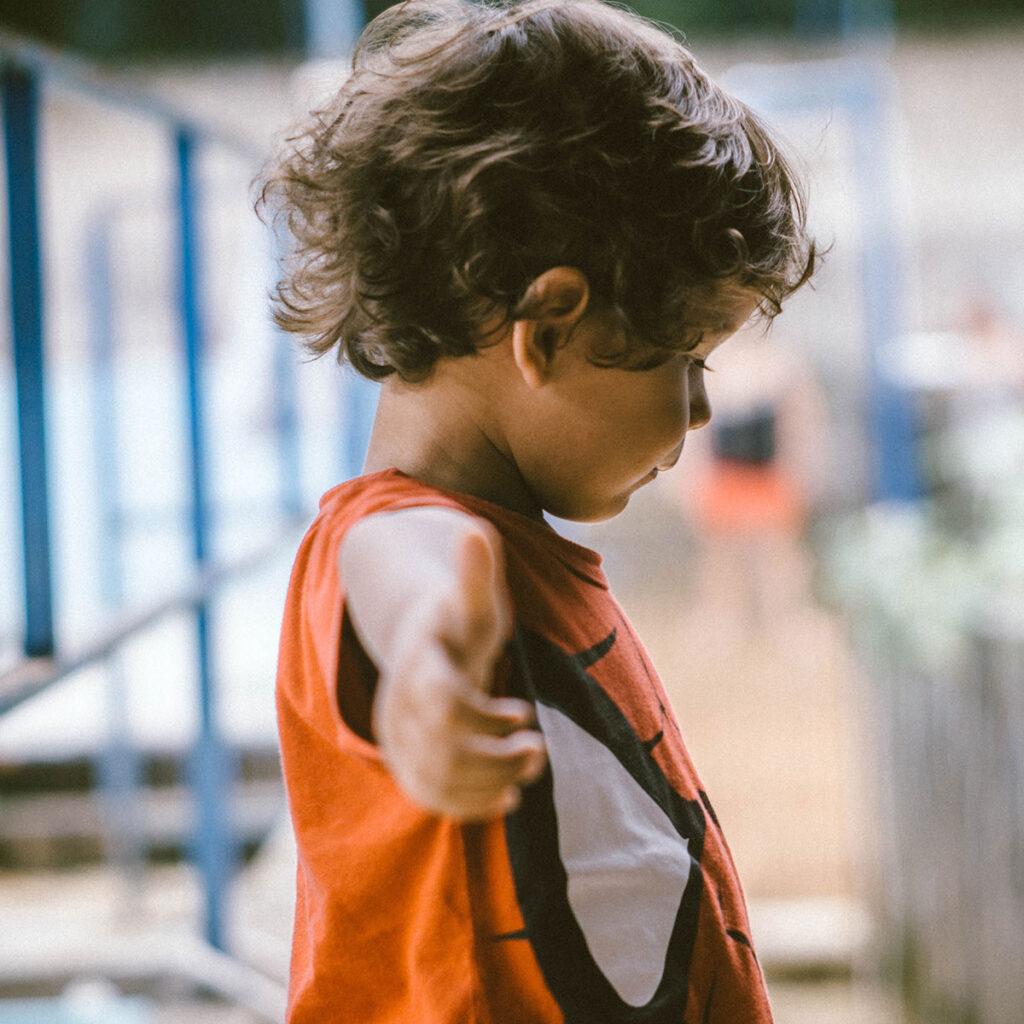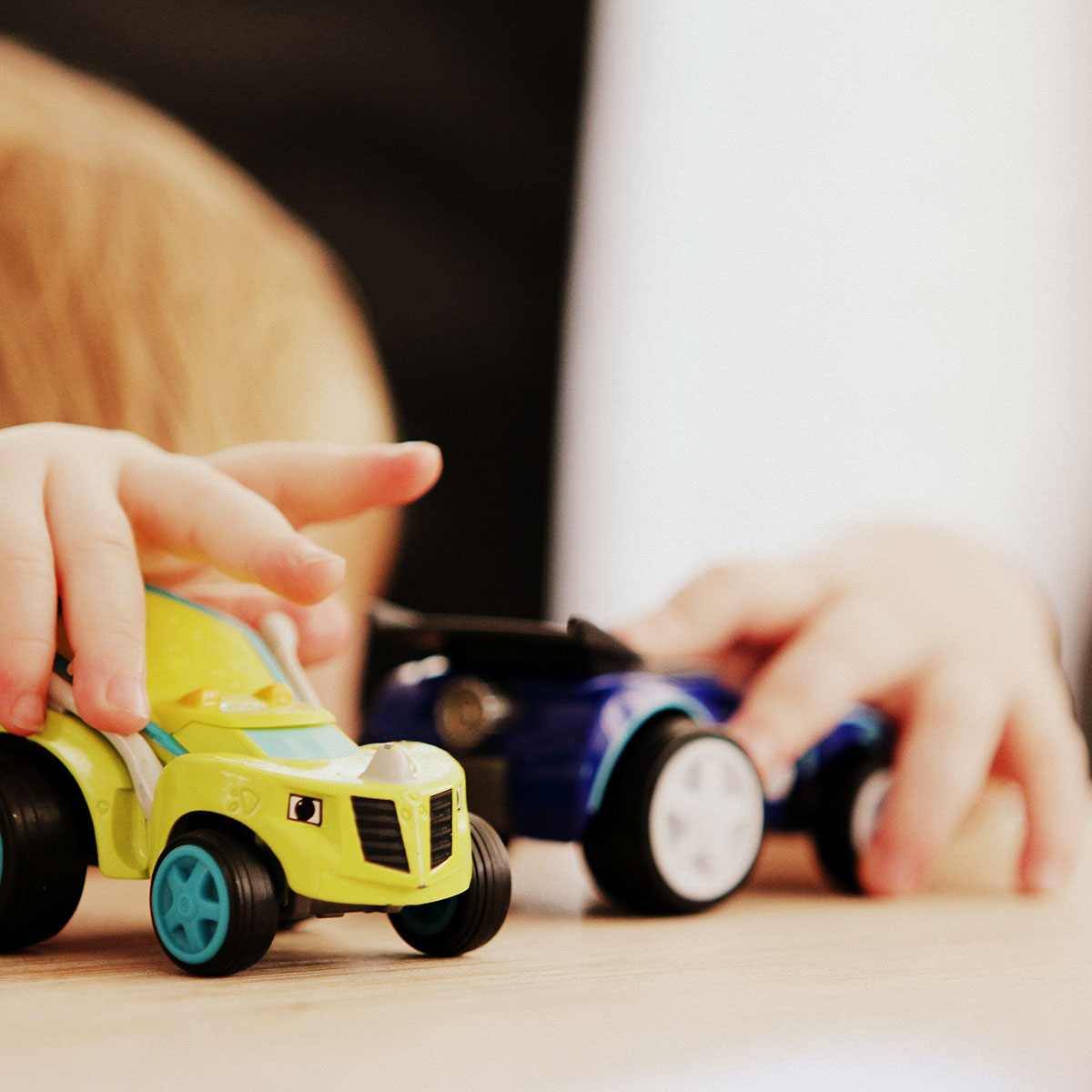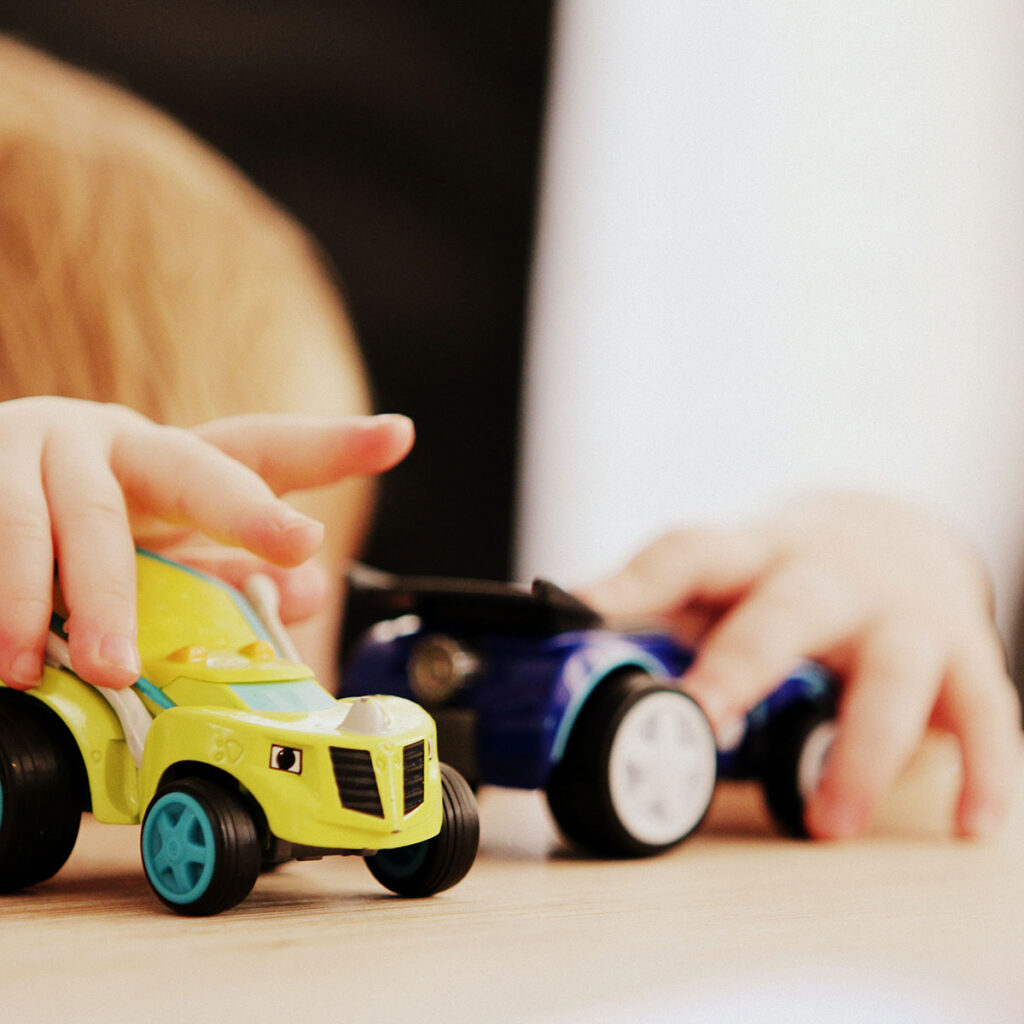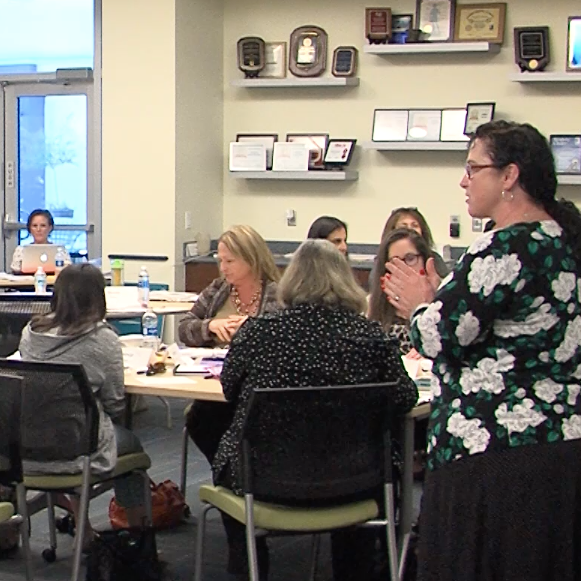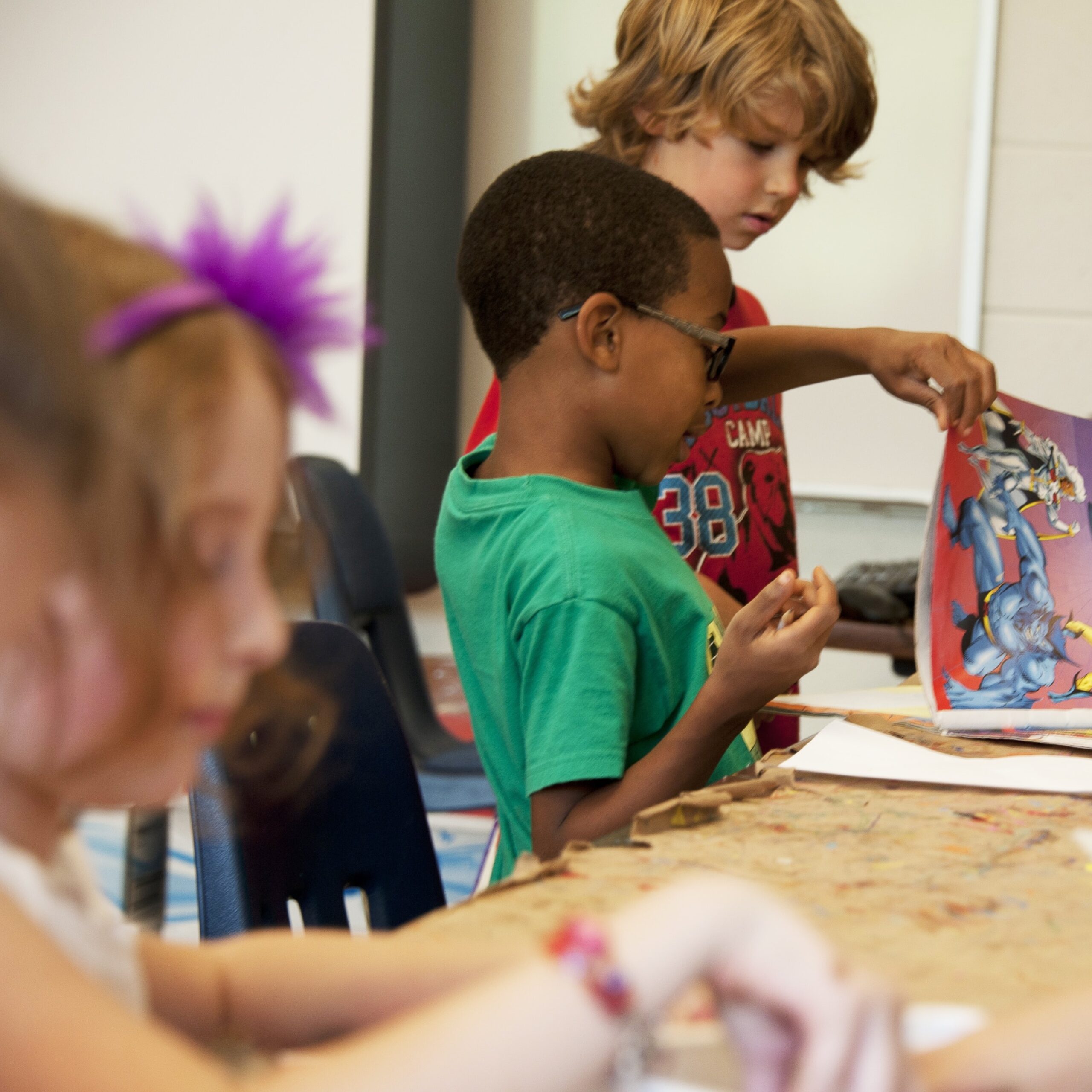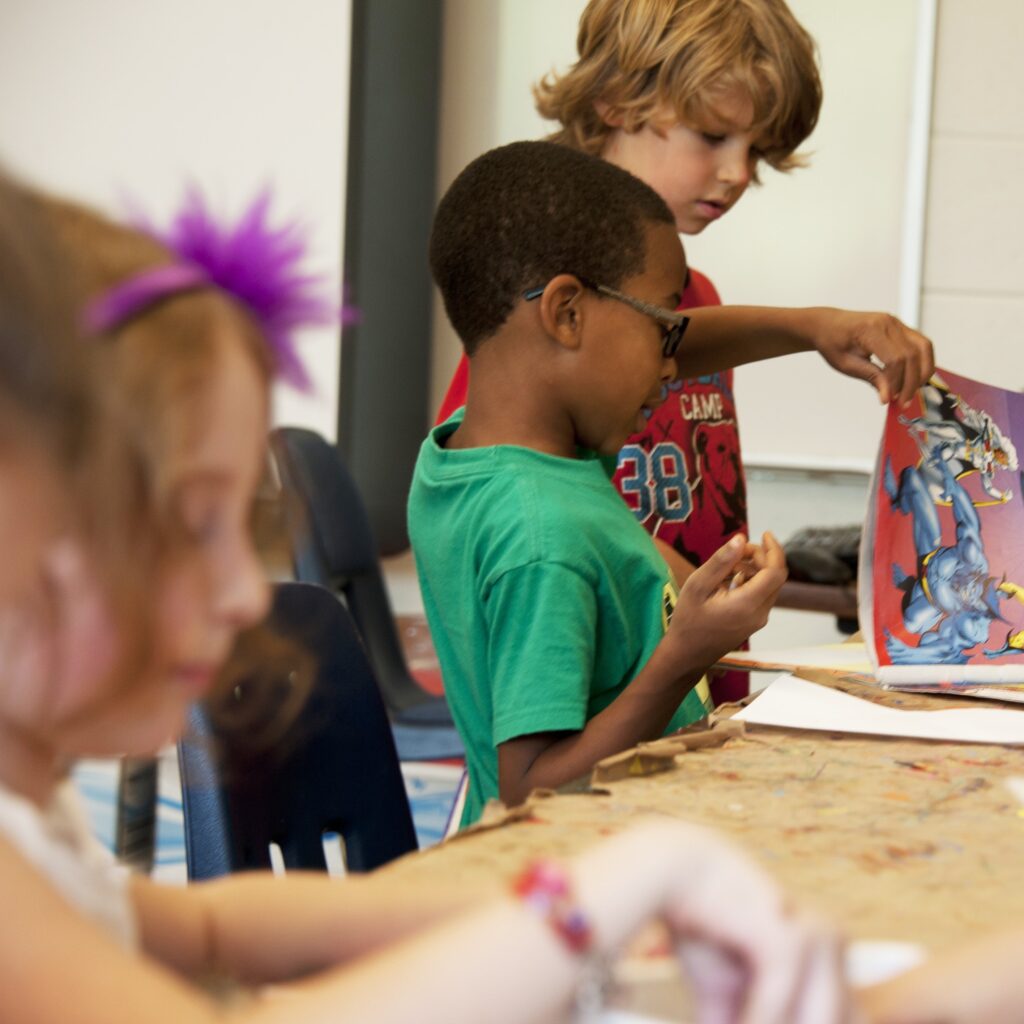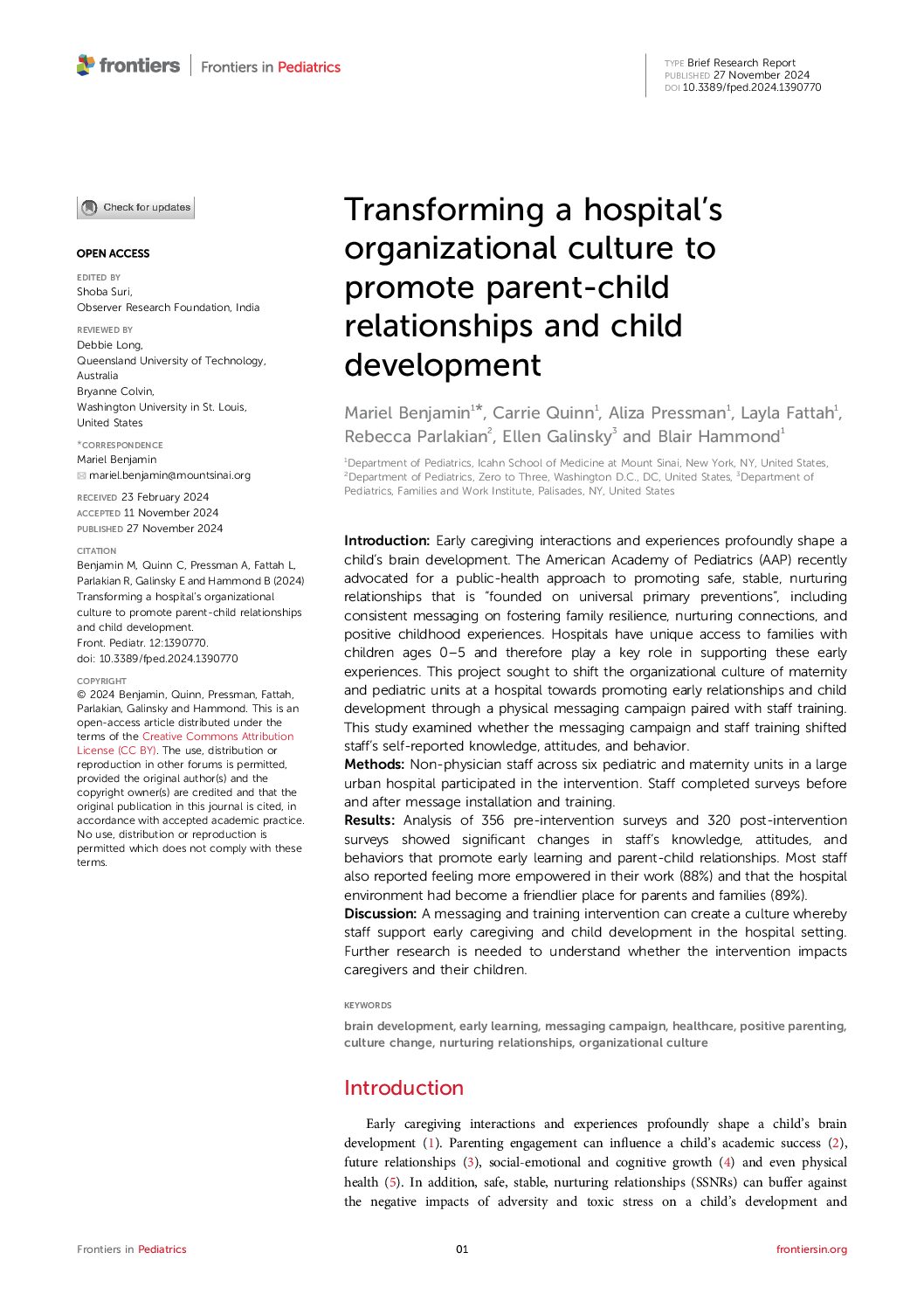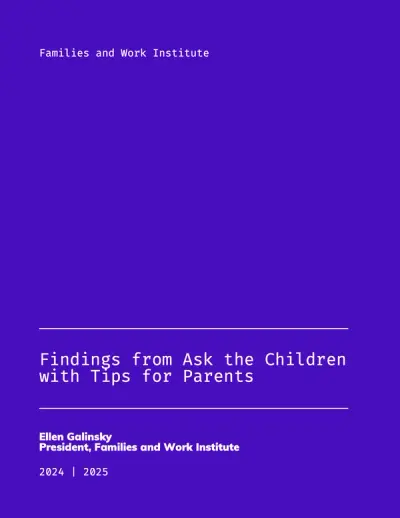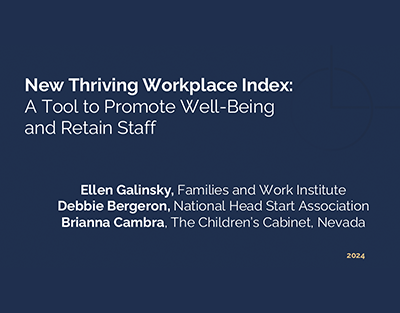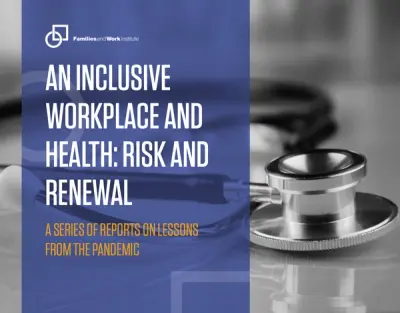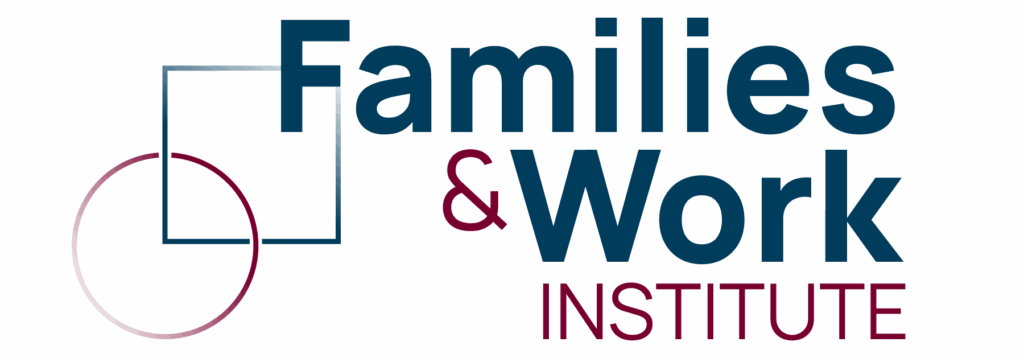Focus and Self Control . . . Maybe as Important as IQ
- By Ellen Galinsky
- Boosting Life Skills, From the Field

Focus and Self Control . . . Maybe as Important as IQ
Jeanne Brooks-Gunn of Columbia University and a group of other academics reviewed six studies that followed children over time, offering a rare opportunity to evaluate what kinds of skills or knowledge acquired early in life matter most to children’s later success. They compared children’s school achievement in math and reading between the ages of eight and thirteen to assessments of these same children when they were between ages four and six.
What did they conclude? Out of literally hundreds of analyses, only three skills that children had when they entered school were strongly related to their later success in reading and math. Two are obvious: the children who had good math and reading skills when they entered school had good math and reading skills years later.
But the third skill is less obvious. It was attention skills—the more penetrating our attention, the richer and deeper our learning. As Brooks-Gunn says:
Attention skills allow children to focus on something in a way that maximizes the information they get out of it.
Adele Diamond of the University of British Columbia has been a pioneer in studying what scientists call the executive functions of the brain—because these are the brain functions we use to manage our attention, our emotions, and our behavior in pursuit of our goals. She believes that executive functions predict children’s success as well as—if not better than—IQ tests:
Executive functions are different than what people usually think of when they think of IQ. Typical traditional IQ tests measure what’s called crystallized intelligence, which is mostly your recall of what you’ve already learned—like what’s the meaning of this word, or what’s the capital of that country? What executive functions tap is your ability to use what you already know—to be creative with it, to problem-solve with it—so it’s very related to fluid intelligence, because that requires reasoning and using information. There’s a big overlap between fluid intelligence and executive functions.
Executive functions, which emerge during the preschool years and don’t fully mature until early adulthood, appear to have a bearing on school success, too:
If you look at what predicts how well children will do later in school, more and more evidence is showing that executive functions—working memory and inhibition—actually predict success better than IQ tests.
Philip David Zelazo of the University of Minnesota, also a leading researcher studying executive functions of the brain, sees more of an overlap between IQ and executive functions. For example, we might not do well on an IQ test because we’re distracted and can’t pay attention. Also, having a good working memory matters in both IQ and executive functions. Like Diamond, Zelazo notes that executive functions enable us to use our knowledge:
If you ask what is the difference between these two constructs, I think it would be that it is possible to have knowledge of what one’s supposed to do—but for various reasons to have difficulty acting in light of that knowledge.
Executive functions take place in the prefrontal cortex of the brain. I love the term that Stanislas Dehaene uses to describe this part of the brain—a global neuronal workspace:
It’s a theoretical construct, but the human brain contains a set of areas that are much more tightly interconnected to each other—like hubs in airports.
The prefrontal cortex is responsible for the ability to exchange information across the high-level areas of the brain, Dehaene says, so that our behavior can be guided by our accumulated knowledge.
That’s the beauty and the purpose of executive functions: they enable us to control ourselves, to reflect deeply, and to consider things from multiple points of view.
